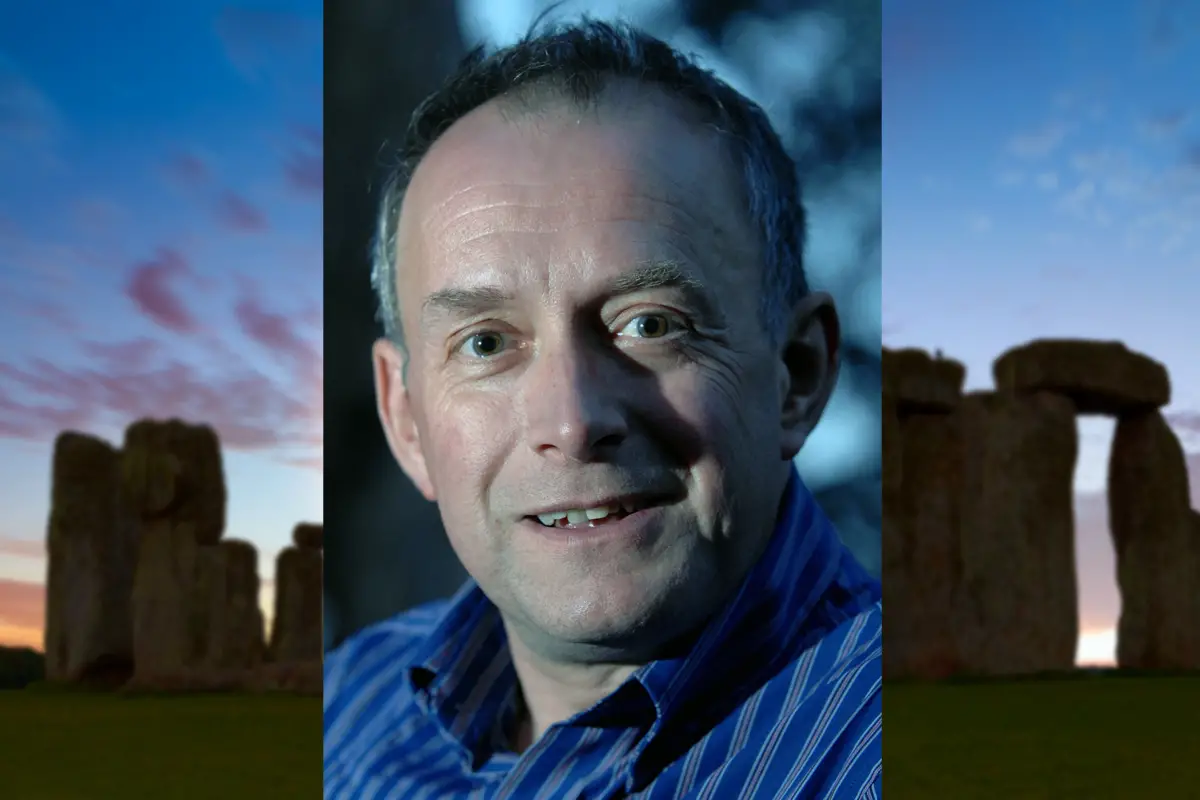It is with genuine sadness that we announce the death of Professor Tim Darvill OBE, Chairman of Cotswold Archaeology, on 5th October, after a brief battle with cancer.
He was 66. Tim was one of the foremost archaeologists of his generation, widely recognised for his work on Stonehenge and his pivotal role in shaping modern archaeological practice in the UK.
Tim was a founding trustee of Cotswold Archaeology in 1989 and served as Chairman for 35 years. His visionary leadership and dedication to preserving our archaeological heritage made a profound impact both locally and internationally.
Tim Darvill’s Contributions to Archaeology: One of Tim’s most significant contributions was his work at Stonehenge, where he directed the first excavation within the stone circle in 40 years, shedding new light on the monument’s construction and its role in prehistoric society. His passion for archaeology was also evident in his advocacy for the proposed A303 road tunnel near Stonehenge, where he worked to balance heritage preservation with modern infrastructure needs.
In addition to his work at Cotswold Archaeology, Tim was Professor of Archaeology at Bournemouth University for over 30 years, where he helped shape the careers of countless students and colleagues. His academic influence reached far beyond the UK, contributing to his international reputation as a leading prehistorian.
Locally, Tim was a driving force behind the excavation of the Neolithic long barrow near Cirencester, a project that fulfilled one of his early archaeological dreams. His deep connection with Gloucestershire, where he was born, underpinned his commitment to preserving the region’s history.
Tim was also a pioneer of cultural resource management, with his study on the changing state of England’s archaeology providing invaluable guidance for monitoring and preserving hundreds of historic sites across the country. He was awarded an OBE for his contributions to archaeology in 2010.
His legacy at Cotswold Archaeology and in the wider field of archaeology will endure, and we will continue to uphold the values and standards he championed throughout his career.
Tributes from Cotswold Archaeology: Vice Chair of Cotswold Archaeology, Dr Laura Evis said “Tim has been a true inspiration and mentor to countless archaeologists and enthusiasts. His profound passion for the field is evident in the wide range of archaeological projects and research he supported throughout his career, from the depths of prehistory to the intricacies of forensic practice. Tim’s exceptional ability to captivate audiences during lectures, talks and media appearances was a unique talent that undoubtedly sparked many archaeological careers, including my own. His philosophy of ‘doing good archaeology’ has been the cornerstone of CA’s success under his 35-year leadership, a legacy we will strive to uphold.”
Chief Executive, Neil Holbrook said “Tim interviewed me for my first job at CA in 1991 – he asked a couple of absolute stinker questions that totally stumped me! – and we have been good colleagues and friends ever since. His conviction in the early days that CA would succeed was unshakable, and that faith has contributed so much to what we have achieved since. It was always about the archaeology with Tim and that must, and will, remain our philosophy”.
For more information about Tim’s legacy and contributions, visit : https://cotswoldarchaeology.co.uk/tim-darvill-1957-2024
Header Image Credit : Cotswold Archaeology
Sources : Cotswold Archaeology





